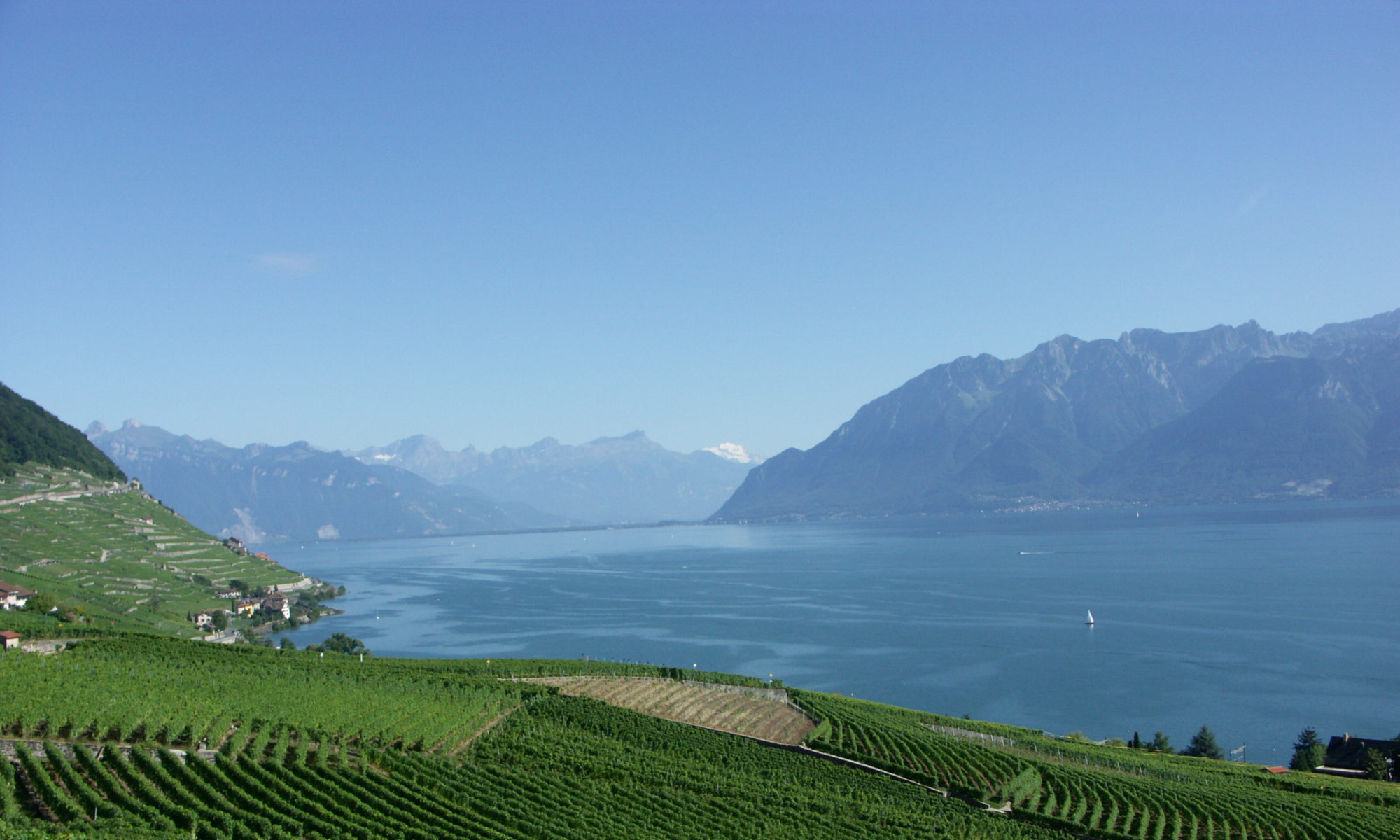To reply to this question use the “Leave a reply” box/field at the bottom of this page.
55 Replies to “Question 1: What are the major external changes and dynamics that demand a response by the National Hydrological Services and the hydrological community of WMO?”
Comments are closed.


Increased climate variability including extreme events.
Changes in land uses that drastically affect hydrology
Reduction in glaciers due to increased temperatures
• Climate change, floods and droughts, urbanization, sustainable development goals, sustainable use of water resources, changes in funding opportunities
• New technologies in measuring and forecasting (new devices and protocols, satellites, drones, AI, big data, citizen science, social media) Technologies are developing very fast but related technical regulations and standards are developed and adapted slowly
• Understanding hydrological processes even better (including water quality and groundwater-surfacewater)
• Promoting Open data – many countries (like Finland) have open data policy but that is not easy for all countries since for some data is one source of funding
( All my comments in Spanish and English so as to deal with posible misstranslations from my side)
Coincidiendo con muchos de los comentarios que se han recogido hasta ahora, además de la adaptación a las nuevas tecnologías y los retos que supone el calentamiento global incluiría la falta de visibilidad de la Chi tanto en foros de decisión regionales en materia de agua, por ejemplo, los relacionados con Directiva Marco del Agua, como entre la ciudadanía en general. También es importante considerar la reducción progresiva del personal en los servicios hidrológicos, ya sea nacionales o a nivel de cuenca. Aunque es fácil hacer ver las consecuencias que tienen los eventos extremos (sequías e inundaciones), sería importante que se pusiese en valor las actividades en materia de hidrología y la importancia de la labor de los servicios hidrológicos en la prevención y gestión de estos efectos adversos, además de en la planificación y en la gestión ordinaria de los recursos hídricos.
As mentioned before, apart from adaptation to new technologies and the challenge of Climate Change, I would mention the lack of visibility of the activities of the CHY among decision makers in some regional forums on water management, for example, those related to Water Framework Directive. This lack of visibility is also observed among the citizenship. Considering the progressive staff cutback in Hydrological Services (national or watershed level) is also an important issue to deal with. It seems that it is easy to increase the sensitivity to the impacts of extreme events (droughts and floods), but is not that easy to let the people know the added value of the national ( or watershed level based) hydrological services in the prevention and Management of the abovementioned impacts. Futhermore, NHS (or watershed level services), play a key role in water management and water planning.
In the hydrological field, we must quantify each of the variables of the hydrological cycle (evaporation, transpiration, interception, infiltration, surface runoff, precipitation, sub-surface runoff and groundwater), which would allow us not only to know the dynamic evolution of the resource water resources but foresee their possible alternation that causes extreme events.
If we start from the previous paragraph, we require stations (conventional or automatic), that provide us with information in a continuous and representative manner, which takes us to levels of communication, transmission, processing and accessibility.
Not understanding the dynamics of the ecosystem and its role in the evolution of the water cycle, is only leading us to try to play the hydrological, trying to measure the volume of water in the river and not predict whether behavior and trend. This leads us to define hydrological models that help us to represent in a timely manner the ecosystem to generate scenarios of responses to the need to plan water resources on issues of water resources management and risk management.
I believe that taking these aspects into consideration, the Hydrological Services require substantial changes in the topics of Observational System, Communication System, Processing and Modeling System, Hydrological Management System and Hydro-Environmental Management System. What we would look for with this is to offer the population an optimum quality of life hand in hand with sustainable ecosystems.
El acelerado retroceso de glaciares en las regiones de montaña y su consecuente efecto en la menor disponibilidad de recursos hídricos en la época de estiaje, el incremento de los riesgos de desastre asociados a los recursos hídricos (inundaciones, movimientos en masa, períodos de sequía), como consecuencia de los efectos del cambio climático; las escasas capacidades de gestión integrada de recursos hídricos de los usuarios, organizaciones e instituciones vinculadas al agua.; la escasa protección y conservación de fuentes de agua.
La fuerte dinámica de migración hacia las ciudades, lo que incrementa las demandas de servicios de agua y saneamiento urbano; la escasa protección y conservación de las fuentes de agua y la falta de políticas para el afianzamiento hídrico.